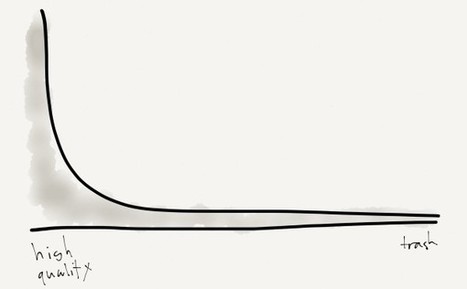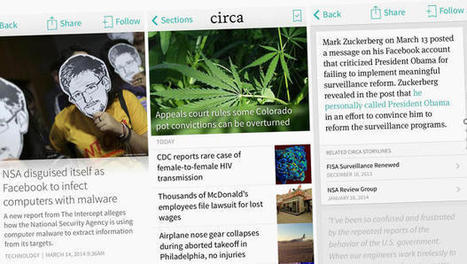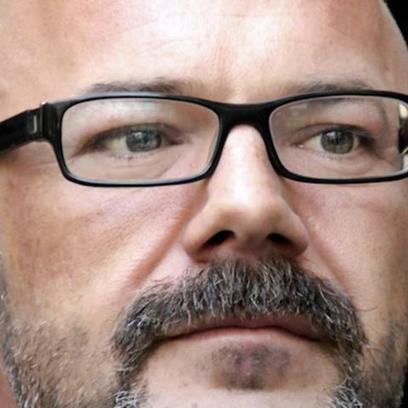It’s no secret the traditional news industry is on the ropes. Recently, the BBC slashed another 1,000 jobs. Viewership on US news networks like Fox, CNN and MSNBC has dropped 19 percent since 2009. Newspapers have cut more than a third of their workforce in the last 25 years.
But here’s the thing: these dismal stats don’t reflect actual demand. Viewers and readers aren’t abandoning the news; instead, they’re switching over to social media and other online sources in droves. The number of people who consume news via major social networks has significantly spiked in just two years, with the majority of Twitter users (63 percent) and Facebook users (63 percent) now saying they get their news from the platforms.
Not surprisingly, social media giants have been racing to take advantage of this increasing demand—bringing in more and more news elements to their platforms and making it easier than ever for users to get convenient, timely information via their social feeds. In the years to come, social media will only have a bigger impact on how news is distributed, consumed (and ultimately monetized). To get an idea of what the future might look like, here’s peek inside the playbooks of some of the biggest players:...
Research and publish the best content.
Get Started for FREE
Sign up with Facebook Sign up with X
I don't have a Facebook or a X account
Already have an account: Login
Social marketing, PR insight & thought leadership - from The PR Coach
Curated by
Jeff Domansky
 Your new post is loading... Your new post is loading...
 Your new post is loading... Your new post is loading...
|
|







![59% Of Journalists Worldwide Use Twitter, Up From 47% In 2012 [STUDY] | AllTwitter | Public Relations & Social Marketing Insight | Scoop.it](https://img.scoop.it/_IEjy0BuV5YqA9_EGpopbzl72eJkfbmt4t8yenImKBVvK0kTmF0xjctABnaLJIm9)










The epic battle for audience and subscribers switches from traditional media to social media.